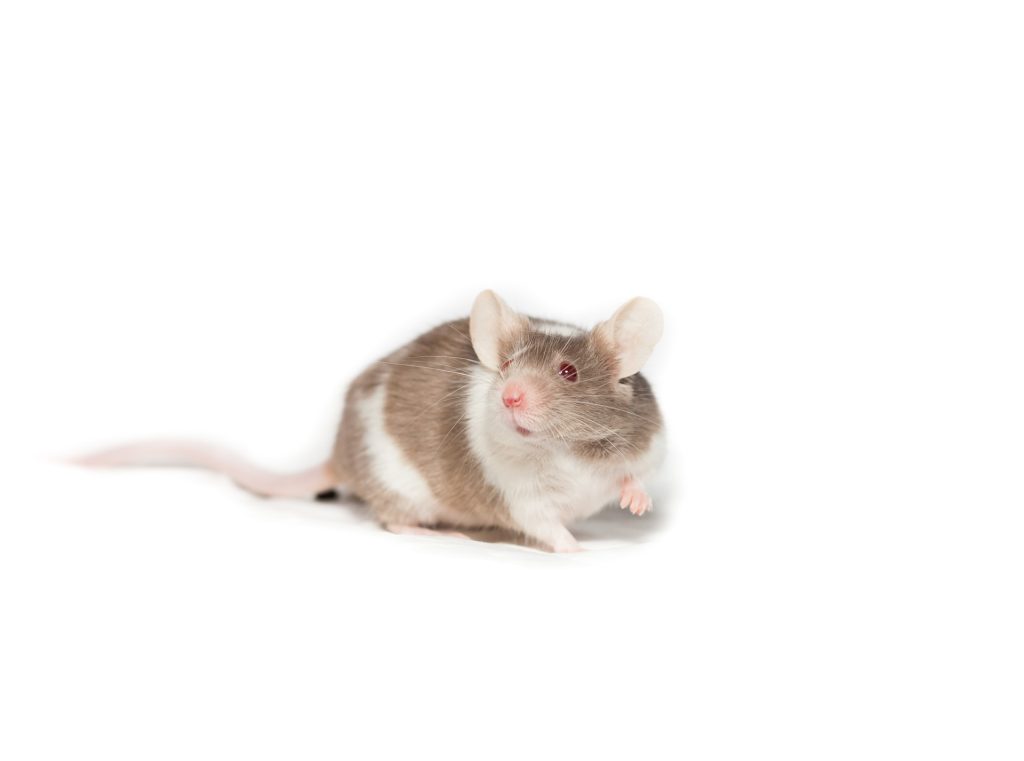
In a finding reminiscent of how vampires and zombies in fiction get sustenance from their victims, a team of researchers reported in the journal Nature that injecting cerebrospinal fluid (CSF) from young mice into old mice improves the memory and cognitive abilities of the older mice
Such an approach is nothing new, although the chief obstacle was safely harvesting such a tiny amount of CSF from the small animals. About two decades ago, studies had reported that transferring blood from younger mice to older ones notably improved the health of the older mice, giving them a ‘rejuvenating’ effect. It did not take long for people to take note of this discovery, with a startup company offering transfers of young people’s plasma for exorbitant amounts to wealthy older clients in the unproven hopes of reversing ageing. Fears of a dystopian future were averted when the US Food and Drug Administration released a statement stating such transfers had no clinical benefit, and the company folded. However, research continued.
Since ageing is too complex to measure in a clinical trial anyway, scientists have been focusing on tackling specific aspects of it, such as in neurodegenerative diseases like Alzheimer’s and research has continued in this direction. A few years ago, human umbilical cord plasma was shown to revitalise hippocampal function in aged mice, and previous work led by Tony Wryss-Coray, PhD had found that young mouse blood improved age-related impairments in cognition. Studies of fear conditioning had shown that proliferation of oligodendrocyte precursor cells (OPCs) was necessary for fear formation, which raised the question of whether CSF might affect this.
Infusing CSF taken from 10 week old mice over seven days, researchers trained 18 month old mice to associate a flashing light with an electric shock to the foot. The CSF infusion was shown to improve recall of the fear stimulus in the older mice and induce greater OPC proliferation.
“The broad message here is that the aging process is malleable, which of course is not new because of this paper,” senior author Dr Wyss-Coray said in an interview with MedPage Today. “But it adds to the idea that aging is a potential therapeutic target, a process we can start to understand better and start to manipulate.”
“The other message – one that’s more brain-specific – is that if you improve the environment in which neurons live, you can actually have a substantial improvement in function,” he added. “That may be as important, or even more important sometimes, than targeting neuronal processes themselves.”
The researchers isolated fibroblast growth factor 17 (Fgf17) infusion as being necessary for OPC proliferation, and blocking it in young mice impaired cognition.
“This suggests that Fgf17 is not only able to recapitulate some of the useful effects of CSF from young mice, but it also seems to be necessary to make a young brain function at its full capacity,” Dr Wyss-Coray said.

